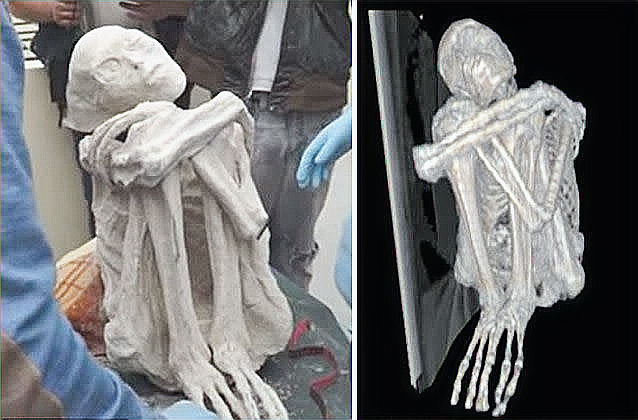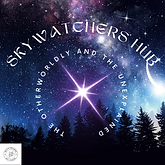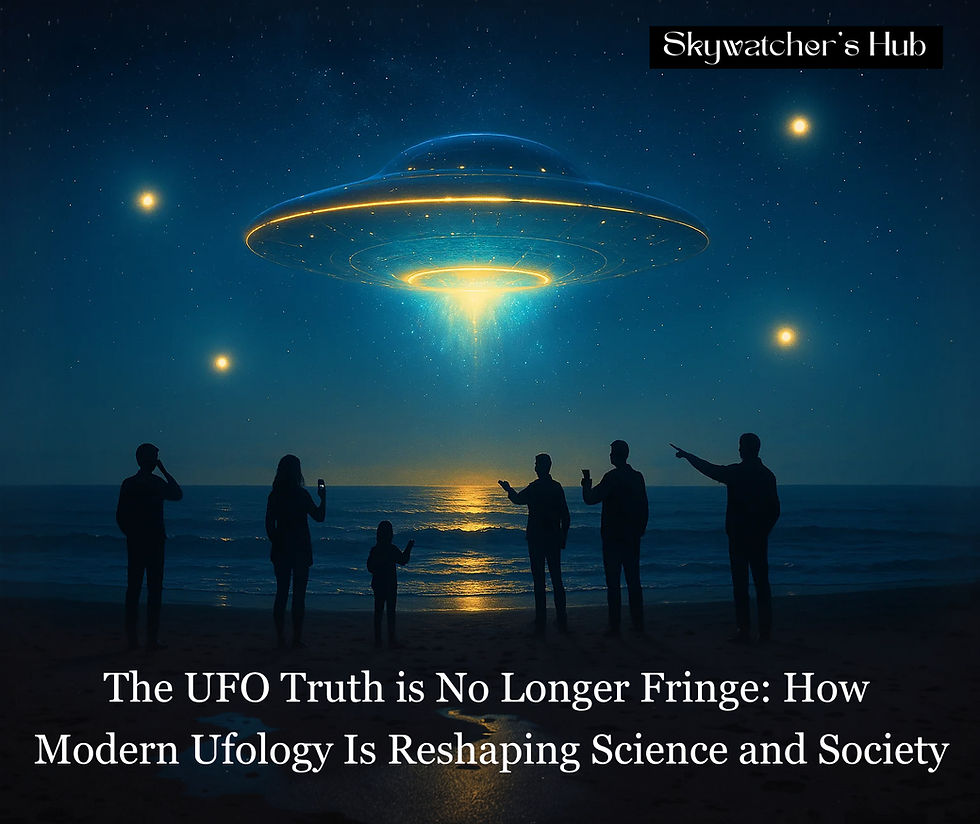Unveiling the Mystery of the Nazca Mummies: Alien Artifacts or Elaborate Hoax?
- Skywatcher's Hub

- Aug 17
- 4 min read

The Nazca mummies have captured widespread attention and sparked heated debates since they were unveiled in a remote cave in Nazca, Peru. With their bizarre anatomy featuring three fingers and three toes, these mummies have inspired outrageous theories about their origins, including suggestions of extraterrestrial life. In this post, we will untangle the fascinating story behind the discovery of these enigmatic remains, dive into the DNA testing and imaging studies completed so far, and explore the ongoing debate surrounding their authenticity.
The Discovery of the Mystery Nazca Mummies

In 2017, researchers uncovered multiple mummified remains while exploring a cave insulated by diatomaceous earth in Nazca. The mummies showcased remarkable features such as elongated skulls and a unique three-fingered and three-toed physiology. This startling find rapidly gained notoriety, not only because of its unusual physical traits but also due to the significant implications regarding history and the prospect of alien life.
The cave's location is steeped in archaeological significance, making the discovery even more intriguing. The initial excitement led to extensive media coverage, prompting much speculation about these peculiar beings. Are they ancient humans with rare genetic mutations, or could they be something completely different?
One survey indicated that 75% of the generated media content leaned towards believing in extraterrestrial origins, while 25% remained skeptical.
The Mystery Deepens: DNA Testing and Imaging Studies

As the narratives around the Nazca mummies grew, researchers initiated thorough DNA testing. The results, which have produced a blend of human and non-human genetic traits, have stirred up intense discussions in the scientific community. For instance, a genetic analysis revealed about 30% of the DNA did not align with any known species.
To study the mystery of the Nazca mummies in greater depth, researchers utilized advanced imaging techniques such as MRI, CT scans, and X-rays. These studies uncovered impressive details about the mummies’ anatomy, including their skeletal composition and internal structure. The findings were astonishing; researchers noted features like cranial shapes and bone density that diverged markedly from typical human anatomy, with some scans suggesting unusual designs in the ribcage.
The Hoax Debate: Are the Nazca Mummies Real?

Despite the initial excitement, skepticism began surfacing regarding the authenticity of the Nazca mummies. Critics argue that the remains might be a well-orchestrated hoax, possibly formed from a mix of human and animal remains. They point to the absence of reliable archaeological context as indicative of possible fabrication aimed at sensationalism.
The controversy intensified following the release of various videos, including one that revealed updated DNA results which reignited the discussion. Some researchers assert that these findings lend credence to the extraterrestrial hypothesis, while others caution against jumping to conclusions, highlighting the risk of contamination and possible misinterpretation in the results.
For example, only 15% of scientific inquiries into the mummies' origins have provided results that researchers consider definitive evidence, leaving a significant gap in consensus.
The Extraterrestrial Theory: A Possibility?

One of the most tantalizing ideas about the Nazca mummies proposes that they could be extraterrestrial beings. Their unconventional anatomical characteristics and the extraordinary circumstances of their find have led to speculation about alien origins.
Supporters of this theory point out that the mummies bear striking similarities to depictions of aliens in film and media. With their elongated skulls and three-fingered hands, they resemble classic "grey" alien designs. In a survey, approximately 60% of those asked found these similarities compelling enough to consider the possibility of alien life.
However, skeptics counter that these parallels are mere coincidence, suggesting the mummies may result from natural genetic variations or ancient human practices. The lack of definitive proof backing the extraterrestrial theory has left many doubtful, resulting in polarized public opinion.
The Ongoing Enigma

The Nazca mummies continue to evoke curiosity among researchers, enthusiasts, and the general public alike. As new findings emerge and discussions persist, the mystery surrounding these unusual remains remains unresolved. Are they precious artifacts from an ancient civilization or the result of a modern hoax?
While the truth still eludes us, the Nazca mummies serve as a testament to our fascination with the unknown. Whether they provide evidence of alien life or simply represent a curious anomaly in our understanding of human history, their story impacts the field of archaeology and beyond.
As we anticipate further research and breakthroughs, one fact stands out: the narrative of the Nazca mummies is just beginning.


.png)














Comments